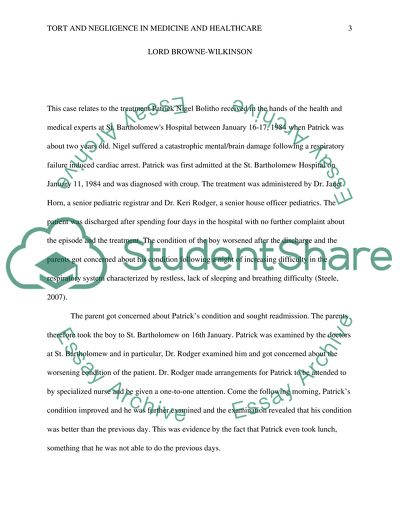Cite this document
(“Negligene and Tort Law in the Healthcare field Case Study”, n.d.)
Retrieved from https://studentshare.org/health-sciences-medicine/1471693-negligene-and-tort-law-in-the-healthcare-field
Retrieved from https://studentshare.org/health-sciences-medicine/1471693-negligene-and-tort-law-in-the-healthcare-field
(Negligene and Tort Law in the Healthcare Field Case Study)
https://studentshare.org/health-sciences-medicine/1471693-negligene-and-tort-law-in-the-healthcare-field.
https://studentshare.org/health-sciences-medicine/1471693-negligene-and-tort-law-in-the-healthcare-field.
“Negligene and Tort Law in the Healthcare Field Case Study”, n.d. https://studentshare.org/health-sciences-medicine/1471693-negligene-and-tort-law-in-the-healthcare-field.


